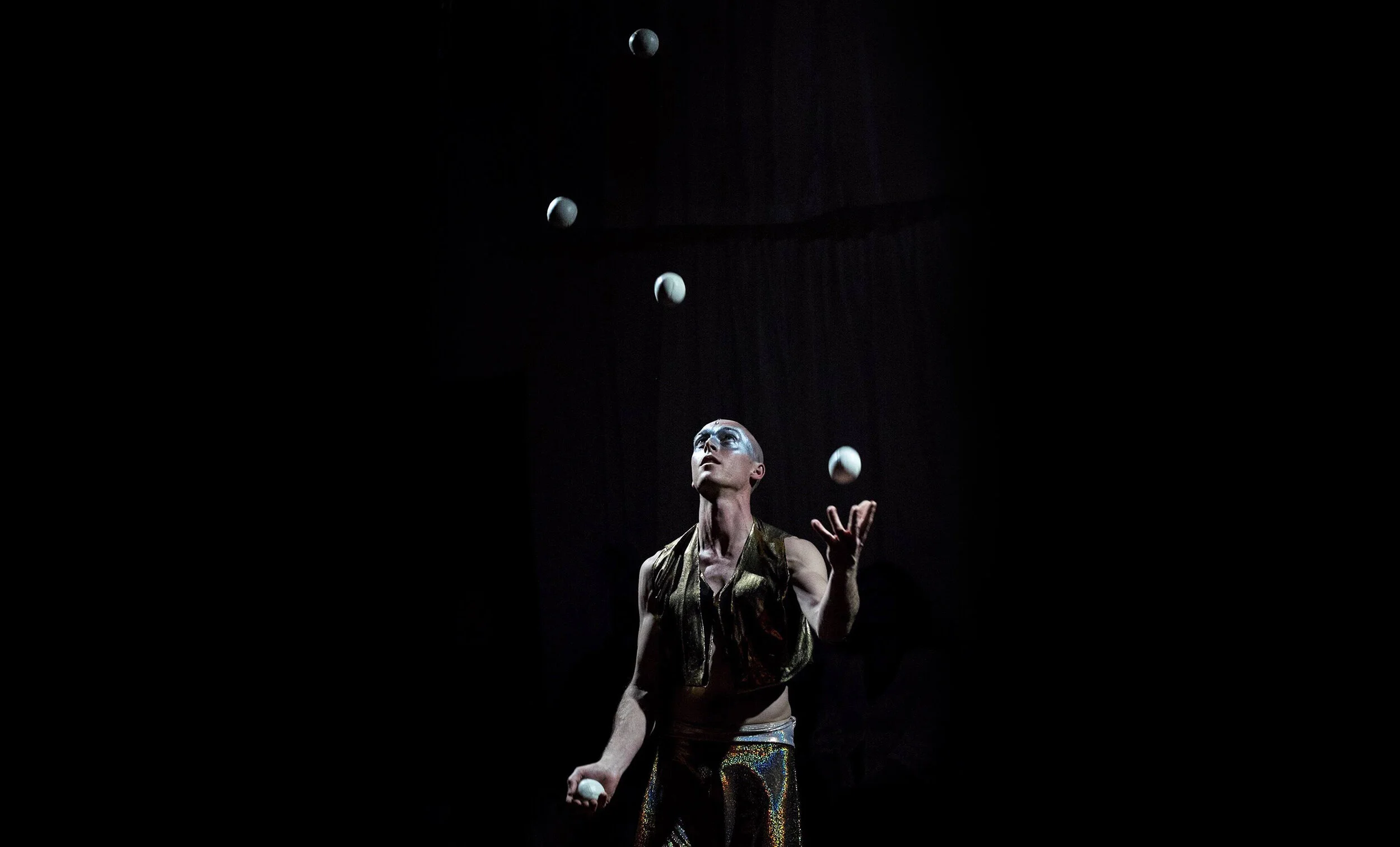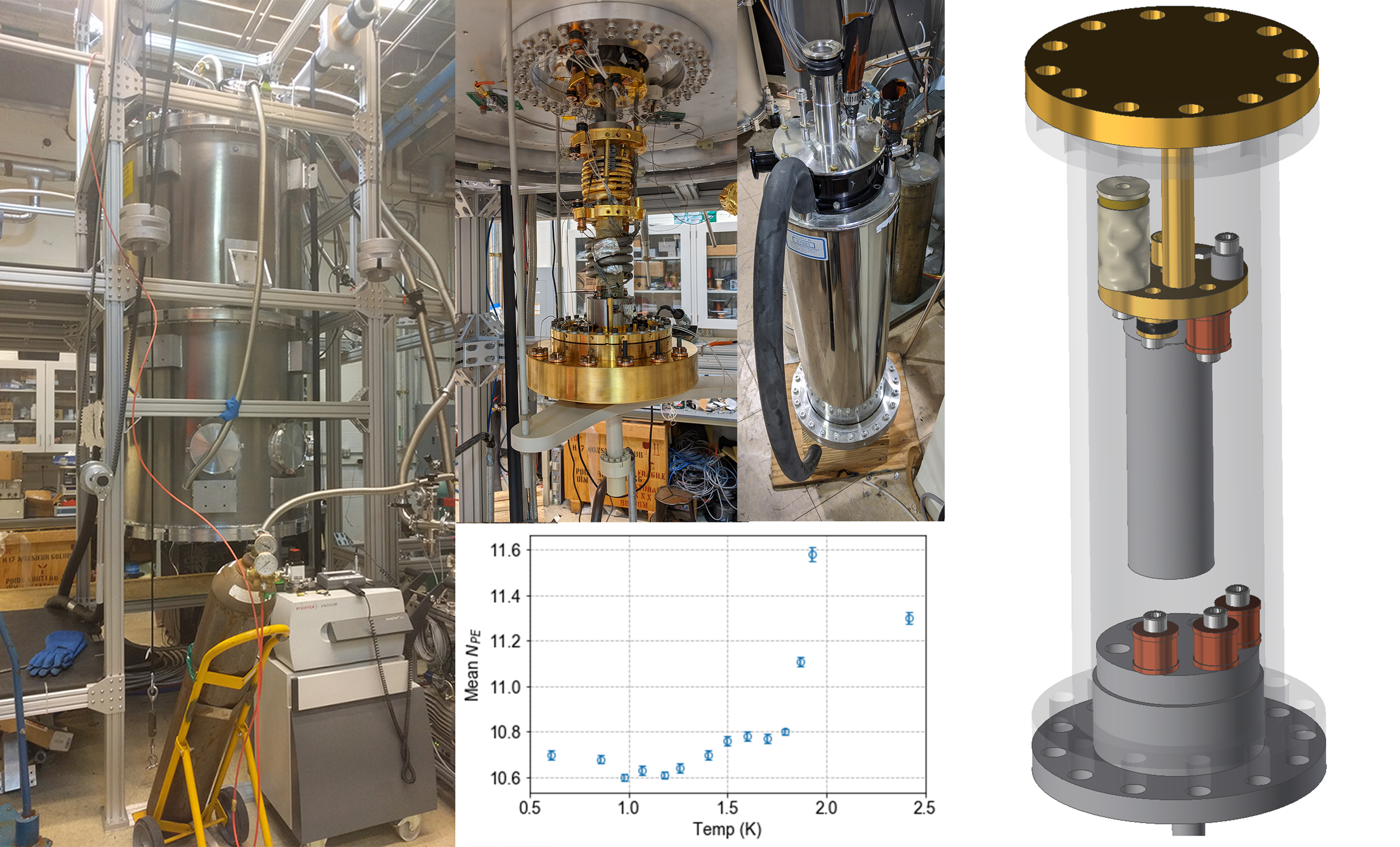Zero Gravity
Zero Gravity
Click the video below to check out some of what I’ve been working on. (It’s only 50 secs long)
My current project, currently being shared with the public, revolves around a technique I've been developing for juggling in space. Please check out www.theSpaceJuggler.com for more details. We will be holding public events July 23 and July 24 to release the artistic videos of the work.
After only three parabolic flights (and 17 years as a circus performer and 13 years as a physicist), I’ve integrated dynamic elements of my circus and dance movement experience with code that I’ve written to simulate the human body to explore movement in weightlessness. I have done this in real life with my body and succeeded at executing maneuvers I have planned.
I've flown on parabolic flights in 2016, 2018, and 2019. Prior to the flights, I used simulation software I’ve written to plan particular movement sequences and executed them. I have more parabolic flights scheduled in the near future.
I’ve worked with maneuvers which utilize changes in the moment of inertia of the body during stable and non-stable rotations, torque direction through pushing and pulling, controlling linear and angular momentum while moving around the cabin, and more.
I have experimented with object design and manipulation in weightlessness. This branch of my research focuses on understanding how objects will rotate and translate. It is very interesting to subtly re-calibrate sensorimotor apparatuses to tune into the parameters of the environment, other people, and objects. This environment is like nothing else experienced by humans on Earth.
I’ve created 3D models of the human body to simulate realistic physical properties and dynamics. The articulated human forms display the center of mass and moment of inertia eigenvectors (principle axes) of the body in any position visually and numerically.
The investigations through the models give opportunities to understand the dynamic properties of rotations arising from the interaction between angular momentum and moment of inertia, and how that interaction evolves in time. This offers an intuitive understanding of what axes allow for stable rotations and which axes don’t allow for stable rotations.
I’ve given multiple public talks about my research and progress on zero gravity movement. Some of the venues include International Astronautical Congress 2019 in Washington DC, Brave New World Conference (Leiden Netherlands), Beyond the Cradle at MIT Media Lab, World Space Week, and North Carolina School of Science and Mathematics.
The talks include topics such as (1) dynamics of the human body in weightlessness, (2) sensorimotor experience in and out of gravitational fields, (3) training techniques I have used to prepare for weightlessness, and (4) the sigficant influence gravity has on cognition.
I’ve prepaed and given public talks between 15 to 90 minutes on these topics and am happy to explore them in particular ways which relate to client, academic, or group interests. Please feel free to reach out to me with inquiries.
In March 2019, I co-sponsored (with Allegra Searle-LeBel) workshops in Northampton MA with Dr. Kitsou Dubois. She has been studying zero gravity dance since 1990, received her PhD in weightless dance in 1999, and has collaborated with NASA and CNES. This was Kitsou’s first workshop series for dancers in the United States. The workshops were held at Smith College. At the end of the series, Kitsou and I went to MIT to give a talk titled “Creative Movement in ZeroG“ about our research.
I’ve organized multiple week long residencies for dancers in North Carolina and Washington to develop skills and perceptual experiences related to movement in zero g. During the residencies, we use aerial harnesses, pools, flotation chambers, wind tunnels, aerial harnesses, and dance studios to explore subtleties of movement such as self-rotation, two person interactive movements, and movement planning in three dimensions.




